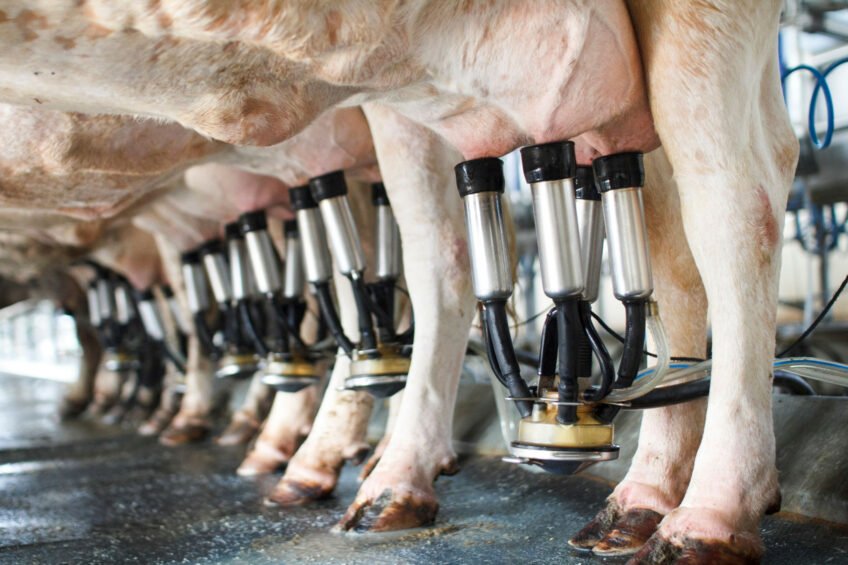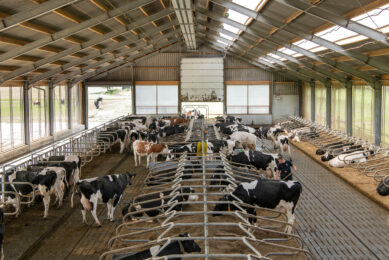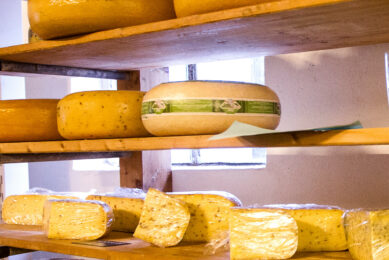Latest on dairy production and consumption in N. America

The recent US Department of Agriculture (USDA) dairy report shows that milk production in the 24 major US dairy production states totalled 18.2 billion pounds (8.2 billion kgs) in July, down very slightly (0.2%) from a year ago. Production for June 2024 was down more (1.5%) from June 2023.
Looking at production per cow in these states, it was higher by 2 pounds (0.9 kgs) in July 2024 compared to the same month the year before, averaging 2,047 pounds (929 kgs). Partly in contrast to these findings, the USDA Environmental Research Service had predicted that both overall milk production and production per cow will be lower in 2024 compared to 2023.
State differences
Of all the states, New Mexico experienced the largest decline, down 48 million lbs (-8.9%) and South Dakota gained 29 million lbs (+7.4%).
In a US agricultural media outlet, industry analyst Phil Plourd at Ever.Ag Insights surmised recently that the reason particular states are experiencing milk production rates that are lower this year than anticipated could be due to effects on dairy farming from highly pathogenic avian influenza outbreaks in these states, which include Colorado, Idaho and Iowa.
Canada’s picture
The Canadian Dairy Commission’s latest stats from June 2024 show very little difference compared to the year before. Raw milk production in Canada is measured in butterfat composition, which varies seasonally.
“In June 2024, national production was 1.11 million kg of butterfat in daily equivalent,” states the Commission. “This represents a decrease of 2.09% from last month and an increase of 0.62% from the equivalent period last year.”
The total 12-month production ending June 2024 was 411.9 million kg of butterfat, which is a 1.93% increase from the equivalent period last year in daily average.
Market updates
Industry analysis is showing that US dairy product consumption per capita is increasing at about 1-2 kg. This is thought to be due mainly to the increasing Hispanic population and also an overall population that is aging, with those over 50 consuming the most dairy products of any other group in the country.
Milk consumption is on the decline, while sales of products like cheese and yoghurt are steadily increasing. Some dairy companies are now marketing milk and other dairy products that are higher in protein to address this consumer trend.
North of the border, to ensure milk and dairy product consumption stays strong, Dairy Farmers of Canada launched a new consumer rewards programme this spring. It’s based on an established programme involving the so-called ‘Blue Cow’ logo, which is a labelling device that differentiates Canadian dairy products from imports.
Join 13,000+ subscribers
Subscribe to our newsletter to stay updated about all the need-to-know content in the dairy sector, two times a week.










